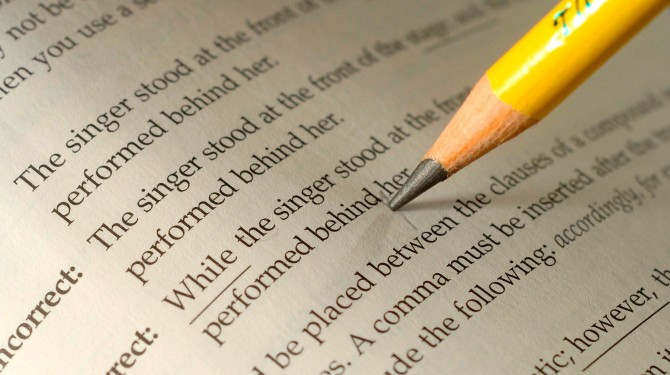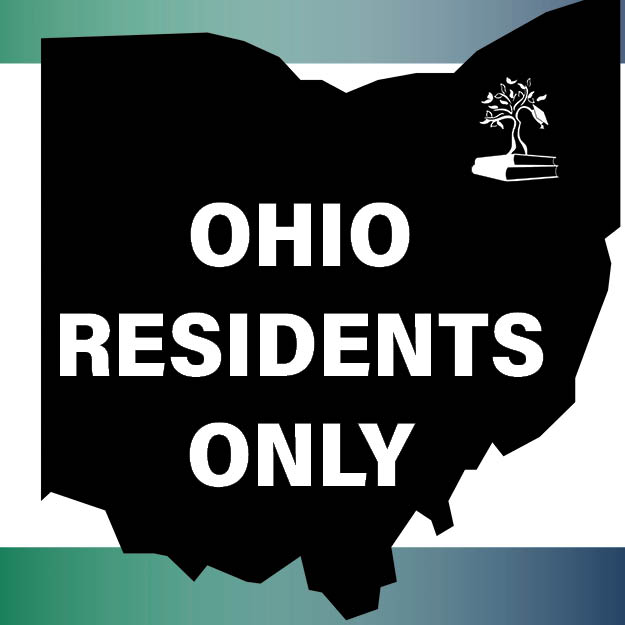How Do I Get Accommodations for the GED® Test?

A few months ago, GED Testing Service (the group that owns the GED® test) changed the way a person applies for test accommodations. The process can be a little tricky, so here’s a breakdown of what you need to know about GED test accommodations.
What are test accommodations?
Accommodations are “any modifications made to tests or testing conditions that allow [people] with physical disabilities, learning disabilities, or limited English-language ability to demonstrate their knowledge and skills in a testing situation” (source). In other words, they are changes made to a test or the way someone takes a test that make sure everyone has a fair chance to show their skills and knowledge.
You can apply for accommodations if you have a learning disability or disorder, a physical disability, or any condition that might need for you to have changes made for you to test.
You need to have current documentation (paperwork) from a licensed medical professional (like your doctor) that says you have a certain disability or disorder for GED Testing Service to consider you for accommodations.
How can an accommodation help me?
Test accommodations are meant to make sure everyone has the same chance to show the skills and knowledge that they have without other factors getting in the way. For example, a person who is dyslexic and has difficulty reading may need more time to read test questions and passages. They can have the same skills as anyone else and be able to correctly answer the questions, but they won’t have time to answer the questions if they take longer to read. So a dyslexic person may be provided with more time to take a test as an accommodation.
Accommodations aren’t just for learning disabilities, either. If a test-taker has an anxiety disorder, they might be allowed to take the test by themselves in a separate room instead of surrounded by other test-takers. If you have a physical disability that makes it hard for you to type (the GED test is taken on a computer), you might have what’s called a scribe, which is someone to write for you, as an accommodation.
What kinds of accommodations are there for the GED test?
Unfortunately, GED Testing Service doesn’t say all of the accommodations that are available, or what accommodations might fit certain conditions a person has. However, some common test accommodations are:
- More time to test
- More breaks during the test
- Testing in a room by yourself
- Someone to read the test to you
- Someone to write out your answers for you
How do I apply for accommodations for the GED test?
The way you apply for accommodations can be a little complicated. If you are taking GED classes, see if your instructor can help you out.
- After you have your MyGED® account set up, you need to make a separate account on Pearson’s accommodations website (Pearson is the company that publishes the GED test).
- Then, you have to apply for accommodations for the test you want to take: Math, Language Arts, Science, or Social Studies.
- Then, you have to apply for the specific accommodation you need, such as a private room or extended time, and provide what GED Testing Service calls the “rationale” for why YOU think you need that accommodation.
- After that, you need to download forms for the conditions that require you to have accommodations. These forms need to be completed by a licensed medical professional.
- Once the forms are completed, you have to scan (which is taking a piece of paper and getting it on a computer as an image) and upload those documents back into your Pearson accommodations account, combine them with your previously included rationale, and submit that altogether as one application for the accommodation request. If you require more than one accommodation (for example, more time and a private room), this process must be repeated for each accommodation.
GED Testing Service lists the steps you need to take to request an accommodation on their website here. However, the language they use is a little complicated. If you’re having trouble, see if someone at your GED program can help you out.
How do I know if I got accommodations for the GED test?
To find out whether or not you were approved for an accommodation, you need to log in to your Pearson account to check for notifications. It can take as long as 30 days for Pearson to notify you if your accommodations have been approved or not.
Other important things to know about applying for accommodations…
It’s important to know that different testing centers can fulfill different accommodations. The testing center closest to you may not be able to give you the accommodation you need. You may need to go to a testing center that’s farther away.
Also — and this is really important — just because you applied for an accommodation or have documentation from your doctor that says you have a certain condition, doesn’t mean that GED Testing Service is going to approve you for a certain accommodation, or for accommodations at all.
If you think you were denied accommodations when you should have gotten them, you can challenge the decision (this is called appealing the decision).
Good luck getting your accommodations! You might also want to check out 5 Facts about Learning Disabilities and 6 Myths about Going Back to School for Your GED.



